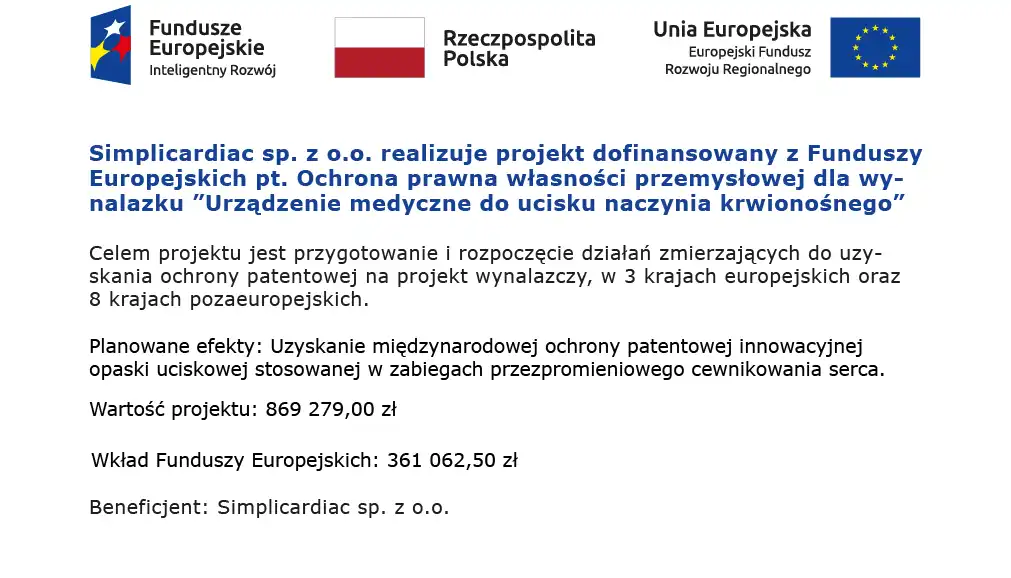Understanding the needs and requirements of customers in target markets is a critical factor in the successful development of competitive and innovative medical technologies. By focusing on the specific needs of patients and healthcare professionals, companies can develop products that are not only useful but also offer competitive advantages in the marketplace. The importance of customer needs research can be highlighted through several key aspects:
1. Adapting products to the needs of patients and healthcare professionals
Customer needs research allows companies to identify specific health problems and preferences of both patients and healthcare professionals. As highlighted in the study by Guo Mao, analyzing customer requirements plays a key role in aligning product features with real-world needs. For example, ergonomic medical devices or telemedicine technologies designed for elderly patients can greatly improve the chances of success by offering a tailored experience to users.
Through this process, companies can develop products that not only meet clinical requirements but also address usability issues, enhancing the overall patient experience. The ability to customize products based on this feedback can result in higher satisfaction rates among users, ultimately boosting product adoption in the market.
2. Enhancing competitiveness
Understanding target market needs enables better product positioning in comparison to competitors. Companies can identify gaps in competitor offerings through customer feedback and reviews, as demonstrated in Lee et al.’s analysis of online customer behavior. By leveraging insights from customer feedback and behavior, companies can design unique product features that fulfill unmet needs, gaining a competitive edge.
Innovative solutions derived from this research can allow a company to offer differentiated products that are difficult for competitors to replicate. This is particularly important in the rapidly evolving medical technology sector, where the introduction of new, patient-centric features can be a key differentiator.
3. Reducing the risks of new product launches
Customer needs analysis plays a crucial role in reducing the risks associated with launching new products. Companies can identify potential barriers and risks early in the development process by conducting market research and prototyping based on real customer feedback. As described in Guo Mao’s research, using preference information and customer feedback in product planning minimizes uncertainties and ensures that products meet market expectations.
Testing prototypes with target user groups helps companies detect design flaws or functional issues before they reach the market, significantly reducing the likelihood of failure. This pre-emptive approach allows for the refinement of products, ensuring they are optimized for market success.
4. Fostering innovation
Market-driven innovation is often inspired by customer feedback, as demonstrated in multiple studies that focus on incorporating customer needs into the product development process. According to Haider et al., integrating customer requirements into product planning leads to the creation of new technological solutions. For example, products like real-time health monitoring devices or minimally invasive diagnostic tools have been developed based on direct patient feedback regarding their pain points and needs.
Such feedback helps companies stay ahead of industry trends and enables the development of cutting-edge technologies that address emerging healthcare challenges. Moreover, by continuously incorporating user feedback, companies can create products that are innovative and aligned with the latest advancements in healthcare.
5. Increasing customer loyalty
Products that effectively address the actual needs of customers are more likely to foster customer loyalty. Regularly collecting and incorporating feedback allows companies to keep pace with changing market demands, leading to long-term success. As described in the study on online customer behavior observation, companies can utilize customer feedback not only to improve existing products but also to develop new ones that resonate with users, thus increasing brand loyalty.
6. Navigating regulatory and certification requirements
In the medical technology sector, compliance with regulatory standards is paramount. Market research helps companies understand regulatory requirements in different regions, ensuring that products meet the necessary safety and quality standards for global distribution. This understanding of regulations facilitates smoother market entry and reduces the likelihood of regulatory challenges post-launch.
By aligning product development with local regulations, companies can ensure that their products are both safe and competitive on a global scale, thus improving their chances of success in international markets.
Conclusion
Customer needs analysis is fundamental to the development of medical technologies that are both innovative and competitive. By focusing on the real-world needs of users, companies can create products that are safe, effective, and aligned with market expectations. This, in turn, leads to higher adoption rates, improved customer satisfaction, and a stronger competitive position in the healthcare industry.
This article is based on insights from the following sources:
- Guo Mao (2024). “The Customer Requirements Analysis Method of Engineering Products”.
- Haider et al. (2022). “A Disease Pathway Framework for Pain Point Identification and Elaboration of Product Requirements Across Patient Care Plan”.
- Lee, Y.U. et al. (2024). “Online Review Analysis from a Customer Behavior Observation Perspective for Product Development”.p



